Location, Location, Location: How Your ZIP Code Affects You
As I anticipated attending high school in New York City, I looked forward to feeling the vibrancy of Manhattan’s many communities. In retrospect, however, I remember encountering blatant social inequality. Panhandlers crowding the highway on one block were juxtaposed with gleaming luxury condos on another. Sadly, socioeconomic discrepancies like these persist in New York City and other American cities.
Since a person’s ZIP code affects one’s health, education, and income, society should take measures to ensure equity within all neighborhoods.
Currently, according to the New York Times, a resident’s life expectancy can differ amongst New York City ZIP codes by as much as 10 years. A Brownsville resident may live up to 74 years while a person on the Upper East Side may live to 85. While the leading causes of death are the same in both neighborhoods, the lack of healthcare in Brownsville combined with the extreme financial stress residents face exacerbates health problems among its population. Compared to Brownsville, the Upper East has a median household income seven times greater than Brownsville. The NYC Department of Health indicates that 54% of deaths in Brownsville could be averted if the economic conditions were on par with the rest of the city. These inequalities will continue unless quality healthcare is equitably distributed to all.
In New York City, education quality varies by ZIP code as well. There is a correlation between one’s educational experience and one’s ability to enter college. In their introduction to Economic Inequality and Higher Education, professors Stacy Dickert-Conlin and Ross Rubinstein write, “postsecondary education is one of the most important indicators of future labor market success.” However, poor, ill-prepared children face obstacles when contemplating college. Schools in low-income neighborhoods lack necessities such as access to quality teachers and school material. As reported in Chalk Beat, a report by Education Trust – New York found that schools where 96% of their population come from low-income families only receive 15% more funding than schools with a low-income population of 45%. Without an even distribution of resources, low-income students are prevented from entering higher education.
Moreover, living in a specific ZIP code can either promote or prevent social mobility. The ZIP codes 10029 and 10128 are right next to each other, yet the latter has a higher average household income by nearly $50,000. While some say one’s income is not influenced by where they live, the Centre for Analysis of Social Exclusion has found that increasing household income could substantially “reduce differences in the schooling outcomes and improve the general well-being of a child.” Furthermore, the Economic Social Research Council stated that “achievement gaps [in educational qualifications] are a “major contributing factor to patterns of poverty and social immobility.” For many residents, their ZIP code’s average income acts as an insurmountable barrier to moving up socially.
Today, more and more people find themselves in ZIP codes like 10029 and unable to escape their societal fate. An NPR story quotes a report from The Economic Innovation Group: “The United States is still a land of opportunity for many. But when it comes to life outcomes, geography is too often destiny.”
As long as ZIP codes continue to dictate their constituents’ futures, attaining the American Dream will only be available to a select few.



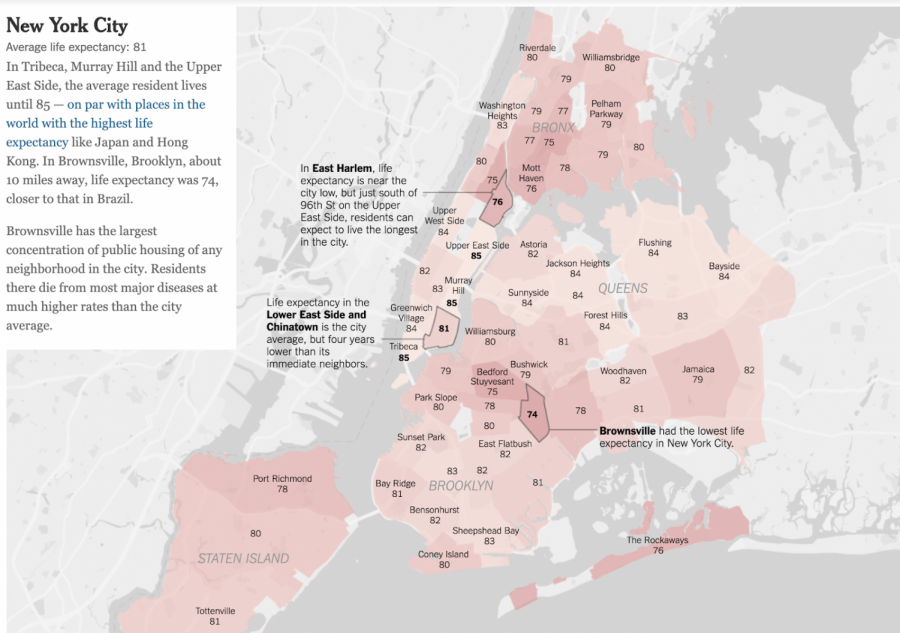




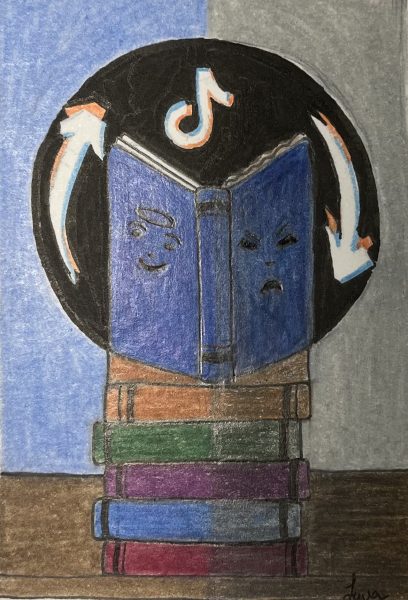
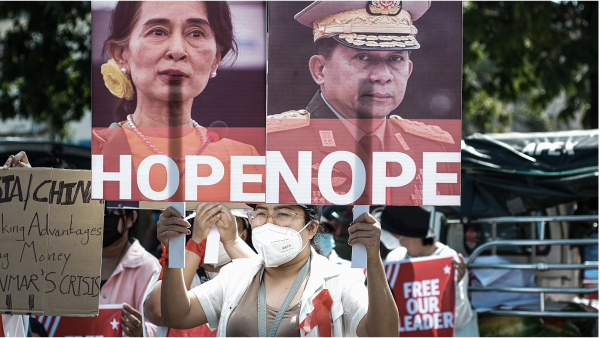

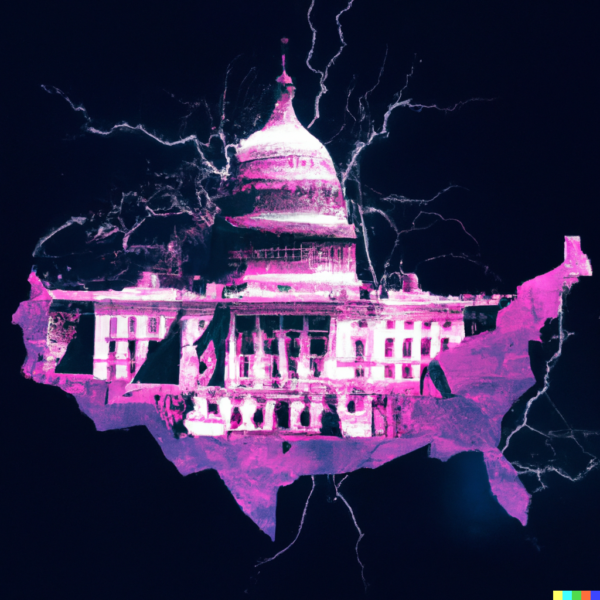
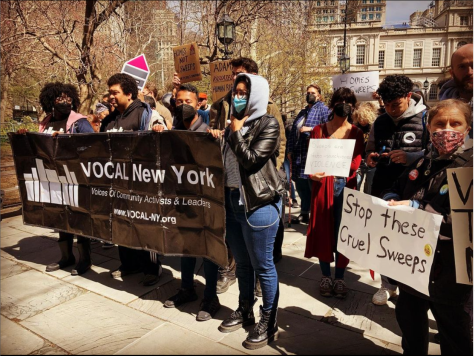

Amane Miura • Feb 25, 2021 at 11:34
This is really awesome!